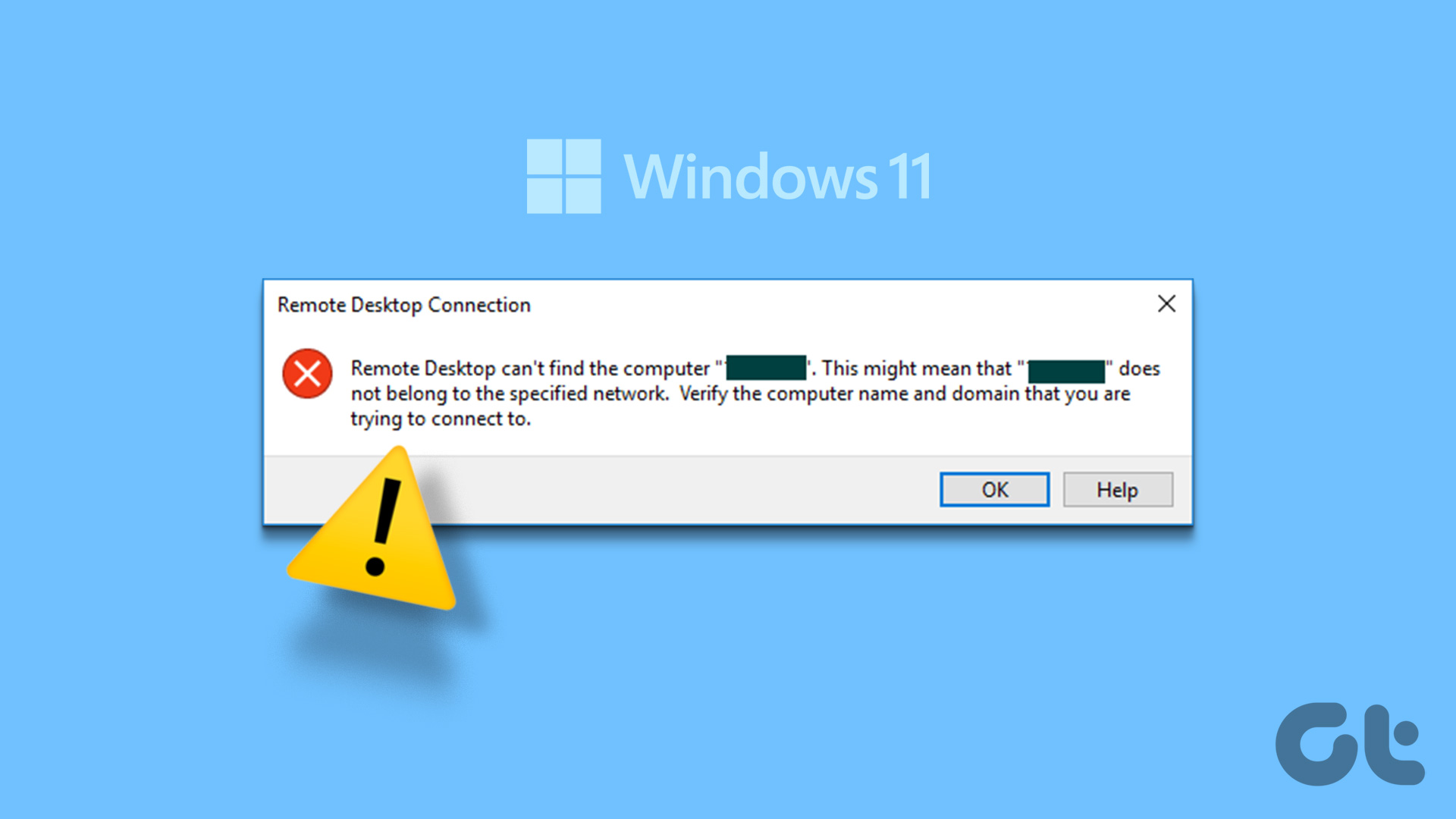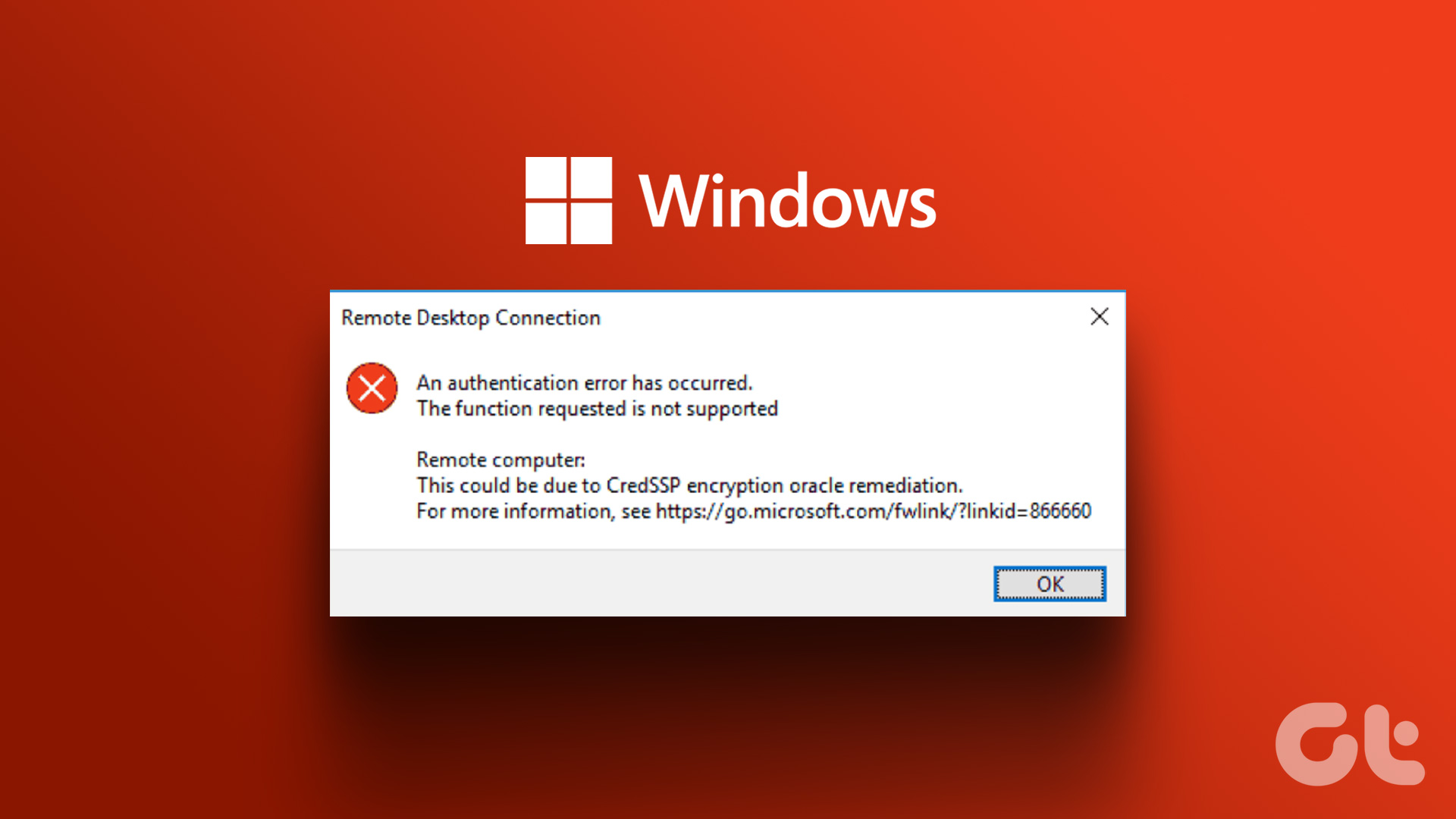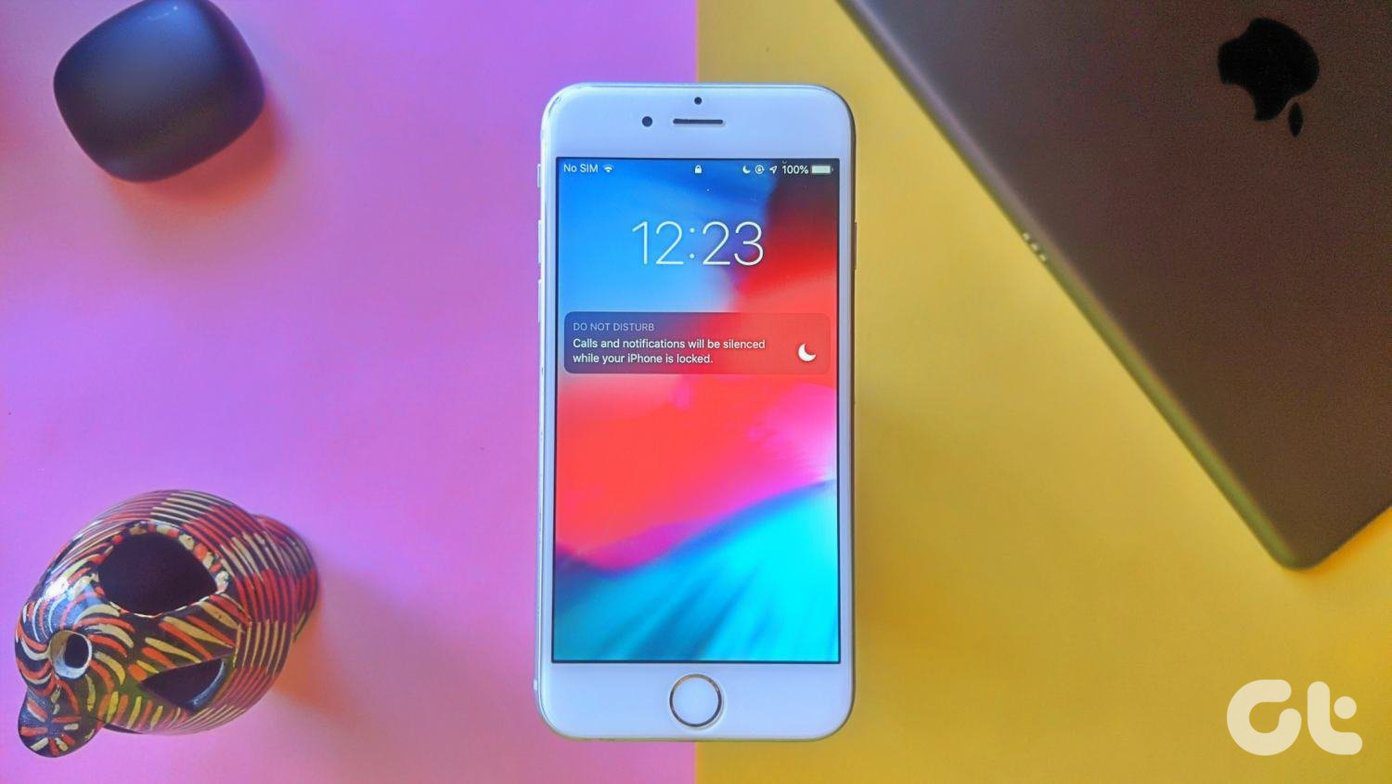Many users have faced the error in earlier versions of Windows as well. Some users have also reported that after seeing a black screen, Remote Desktop client disconnects or crashes. As always, there can be several reasons leading remote desktop showing a black screen error. Here are some known ways to troubleshoot it. Let’s begin.
1. Update Windows
As always, we recommend updating your Windows 10 to the latest version. It’s quite possible that your computer has some pending updates. Open Settings by pressing the Windows key+I on the keyboard and select Update & Security. Check if there are any updates available and if yes, update and reboot your PC once before trying to connect remotely again.
2. Update RDP Client
I will be using the Android app as an example for this post. Update your Microsoft Remote Desktop client on whichever device you are using it on. Open the Play Store on Android and search for the app. If there is an update available, you will see ‘Update’ option. If not, you will see the ‘Open’ option. There may be some compatibility issues between different app versions, which is why we recommend updating apps.
3. Launch Task Manager
If you are unable to view desktop and instead see a black screen, one temporary solution to solve the issue is launching the Task Manager. Press Ctrl+Shift+Esc shortcut buttons on the keyboard to open the Task Manager. You should now see the desktop. Keep the Task Manager open until you complete your work. You may then troubleshoot the issue later when you have time. Another option is to use the Ctrl+Alt+Del shortcut combination that brings up a blue screen with Task Manager listed as one of the options.
4. Change Resolution
Setting the screen resolution higher than recommended can also lead to the remote desktop showing a black screen. Right-click anywhere on the desktop and select Display settings. Scroll a little to find Scale and layout option. Under Display resolution, choose the recommended resolution or try something lower. A lot will also depend on your monitor’s screen size and system configuration.
5. Disable Bitmap Caching
Bitmap caching is a process where the computer will create cache files of images and other resources, and store them locally on the remote desktop client. While useful for low bandwidth connection, it consumes resources and slows the PC down, sometimes leading to the black desktop screen error. Since the option is not available for mobile apps, I will use the desktop app as an example. Search for and open the RDP client and under the Experience tab, disable Persistent bitmap caching.
6. Update GPU Drivers
Microsoft recommends that updating the GPU drivers may help resolve the issue. Search for and open Device Manager. Double-click Display adapters and right-click on your graphics card to update it. Reboot your PC once before trying to connect with the remote desktop client. Wait, are you using an NVIDIA graphics card? It creates an overlay that enables users to take screenshots and record screen while gaming — also called ShadowPlay. It won’t let you connect via RDP client for some reason. To disable, open GeForce Experience > Settings > General tab > disable SHARE option.
7. Disable Fast Startup
Fast Startup is a Windows feature that will help reboot your Windows laptop or wake it up from hibernation quickly. Open Control Panel, search for and click on Power Options. Click on Choose what the power buttons do. Click on Change settings that are currently unavailable first, and then uncheck Turn on Fast start-up option. Save changes.
8. Run SFC Scan
System File Checker (SFC) tool will scan your computer for corrupted system files and repair them. Just open the Command Prompt with admin rights and type the command below, and then hit Enter. In case of laptop, leave it connected to a power source since the process may take a while. Restart the computer after the scan completes.
9. New User Account
If everything fails, you may try and create a new user account to see if that works. Press Windows key+I to open Settings and click on Accounts. Under Family & other users, click on Add someone else to this PC option. Follow the on-screen instructions to enter a user ID, password, and other details to create a new account. When done, you can easily give admin privileges to that account. Click on the account name in Settings and select Change account type. Choose Administrator from the drop-down menu here. Switch user accounts and try connecting with user ID details of this new account from the remote desktop client. See if you still get the black screen on desktop or crashes thereafter.
Connect Remotely
For the most part, remote desktop client should work as intended. However, there are still some undiscovered quirks in Windows which may result in the desktop black screen error. Hopefully, one of the solutions mentioned above worked for you. If you found another solution, do share with us in the comments below and we shall include it as well. Next up: Still can’t connect remotely to your computer? Facing some other issue instead of seeing a black screen on desktop? Read the next post for some solutions to solve that error. The above article may contain affiliate links which help support Guiding Tech. However, it does not affect our editorial integrity. The content remains unbiased and authentic.


























